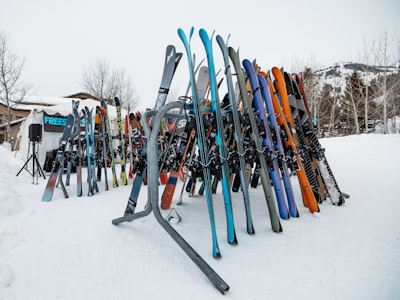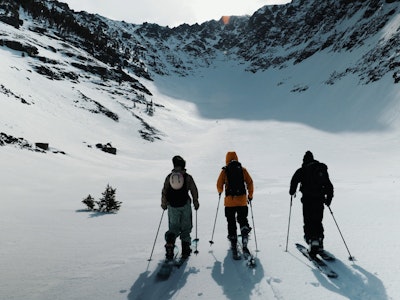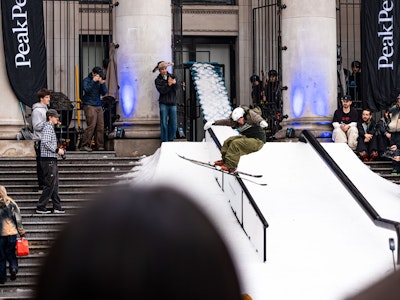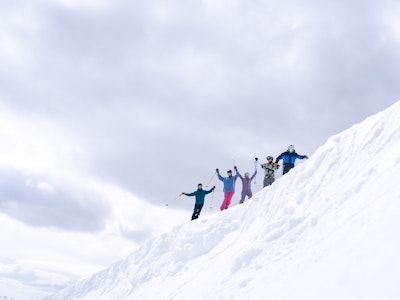Featured Image: Josh Daiek
Spring skiing comes in all different shapes and sizes. Some prefer park laps while others eat up corn groomers for breakfast. But if you’re heading away from the resorts that are still spinning lifts, you’ve come to the right place. May is a great month to dial in a few high alpine missions. But while the temps are warm and the sun is beaming down, there are still a great many things to consider.
Your approach probably looks quite different then it would mid-winter. How are you going to map your route with the changing conditions? What’s the best gear to bring this time of year? These are all questions we’ve wondered this time of year, so to get an answer, we turned to the best; Josh Daiek.
Daiek is one of the most recognizable faces in freeskiing. His ferociously fast descents and love for the game are the stuff of legend. But just because you’re not turnin’ and burnin’ are fast as Daiek doesn’t mean you can’t learn a thing or two. That’s why we dialed up the man himself to get a few pointers on how to head into the alpine safely and efficiently as summer takes shape.
Check out Daiek’s Three Tips for Big Spring Missions below!
1. Gear Roundup
Daiek: Spring skiing requires a broader gear kit than mid-winter touring. Beyond the basic essentials of beacon, shovel, and probe, there are plenty of other key items that make a huge difference:
Ski crampons – Crucial for icy sidehills and approaches.
Boot crampons with Ascent Plates or Cramplifiers – Spring often brings variable conditions: deep powder in the belly of a couloir and bulletproof ice up top. Ascent plates reduce post-holing in deep snow, while the front points of the crampons will still give you security on firm snow and ice.
Ice axe – Great for steep ascents and self-arresting if needed.
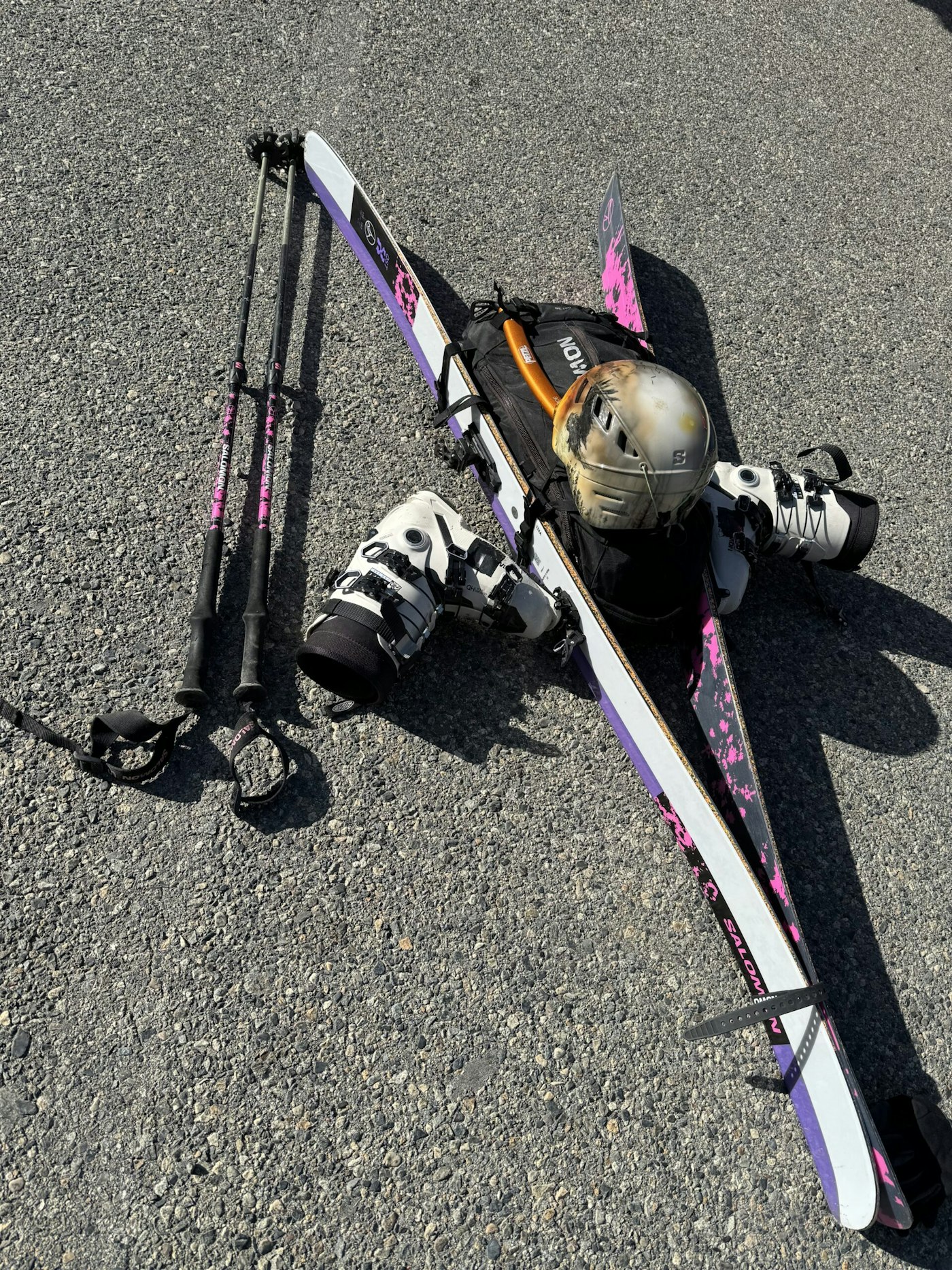
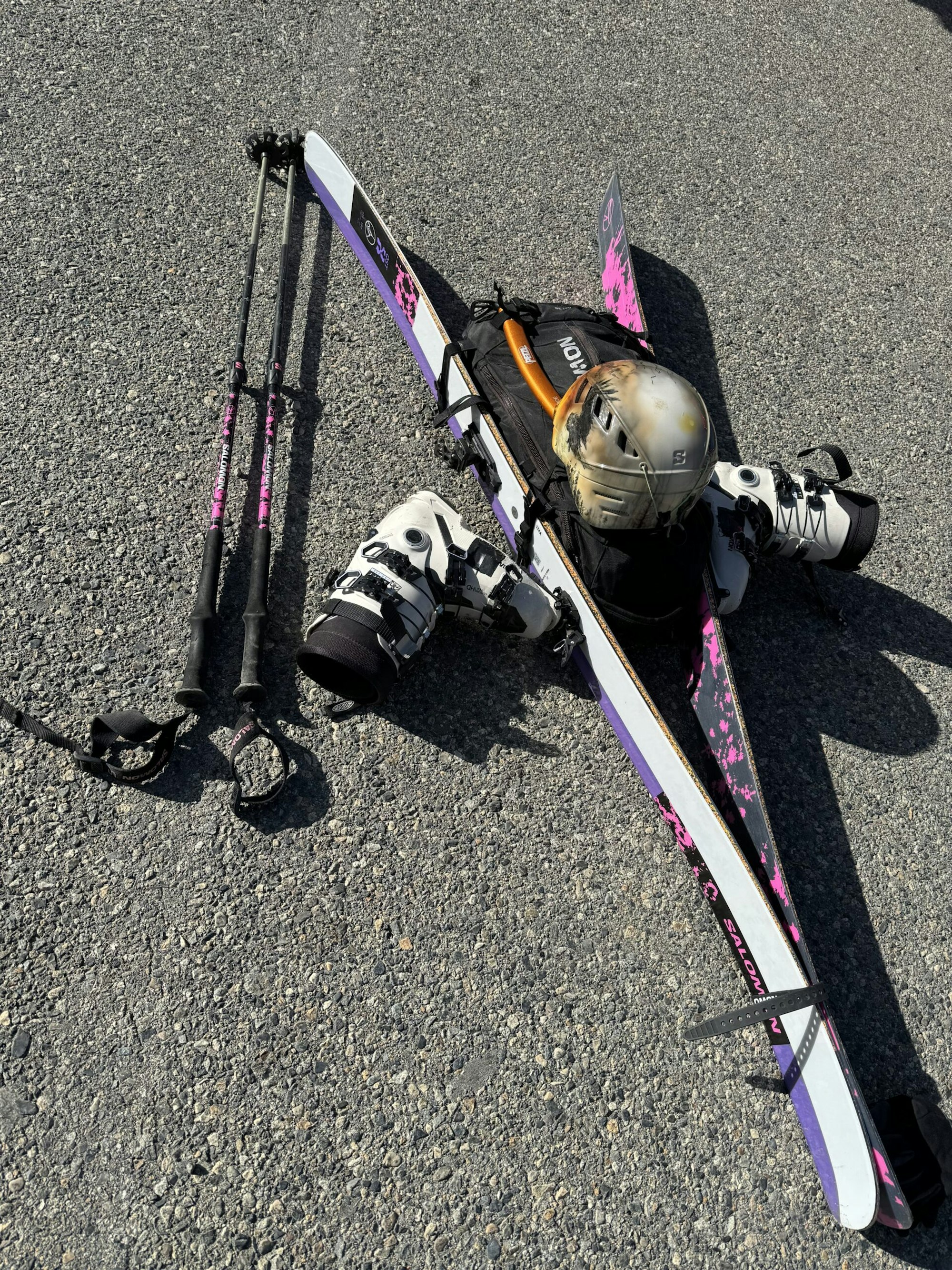
The Daiek 007 kit, ready for a long approach in the Sierra Nevada this May
Other often-overlooked essentials for spring missions:
Moleskin + duct tape – For blisters and field repairs (think torn puffies or ripped pants).
Sharp knife or razor blade – Handy for on-the-fly boot liner mods if pressure points or bone spurs begin to develop.
Extra ski straps – Use them for first aid, repairs, sled setups, or creative MacGyver-ing.
Leatherman with needle-nose pliers – Always handy and ready to fix just about anything in the field.
2. Mapping + Planning
I like to start with Google Earth to get a lay of the land and scout new terrain. Once on the ground, I switch to Gaia Maps for a more detailed view. The topo maps really offer better clarity and help with route finding in the field.
Most of my spring skiing takes place right here in the Sierra Nevada Mountains. There’s a lot of beta out there, and guidebooks are definitely a useful tool, but sometimes it’s more rewarding to do your own research and discover new lines yourself. You never know what you’ll discover, and there’s always little things changing in the landscape.
That leads me to my next point, which is that the spring snowpack comes with unique hazards. In addition to normal avalanche awareness and protocol, keep an eye out for:
Falling cornices – The mountains start to shed and literally fall apart in the spring. Make sure your ascent route avoids overhead hazards and looming cornices.
Rockfall – Freeze-thaw cycles push rocks loose and send them crashing down the mountain. Timing is everything. Know when and where the sun will heat exposed terrain and plan your day and routes accordingly.
Wet slides and solar-triggered avalanches – Plan your ascents and descents with solar aspects and time of day in mind. Even if what you are hiking or skiing isn’t heating up, surrounding slopes and aspects are and can slide onto you or into your lines. Be aware.
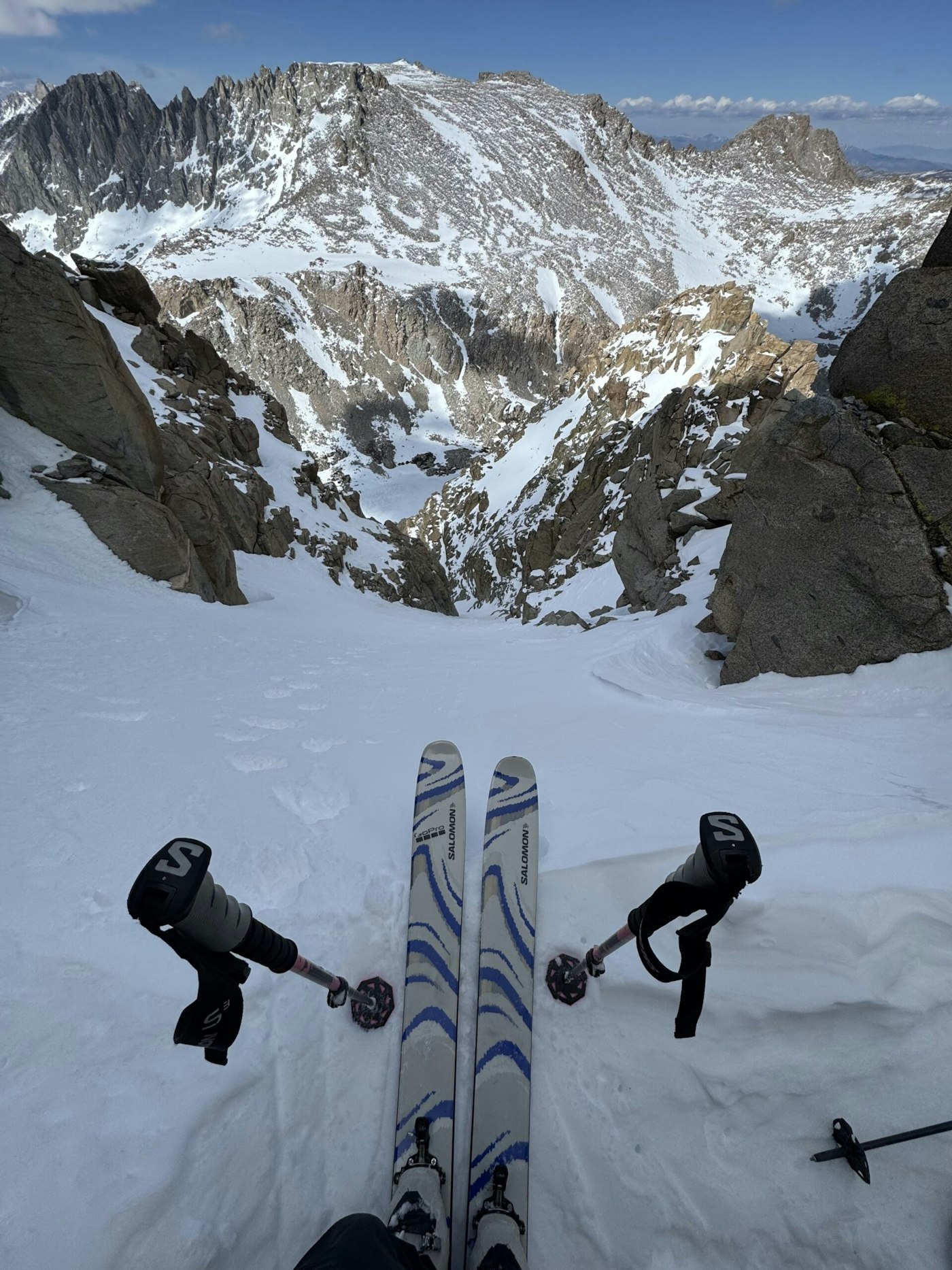
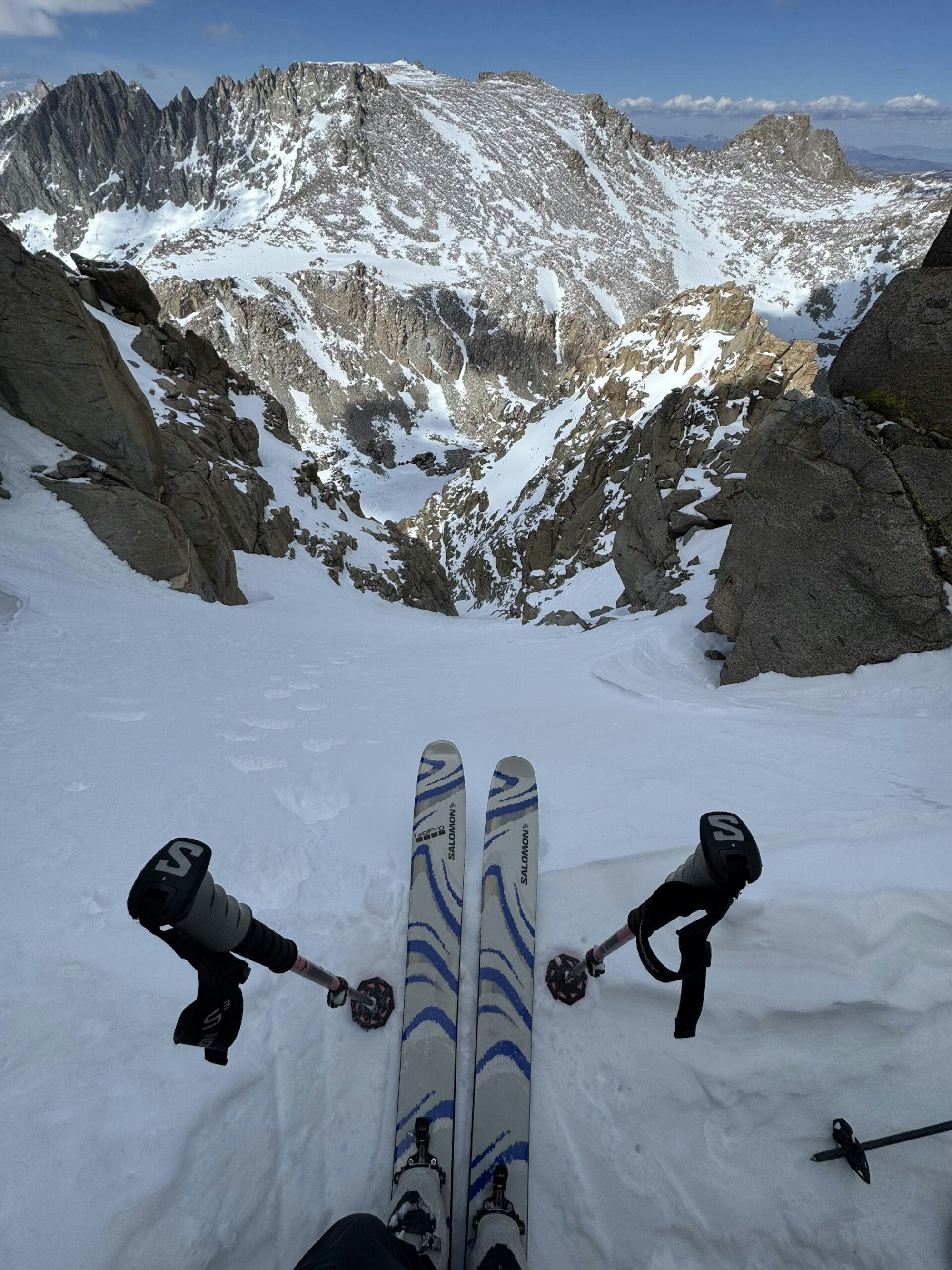
Now that you’ve planned accordingly, it’s time for the best part…
3. The Fun Part – Skiing
Spring skiing is all about adaptation and being flexible. Know your boundaries, choose terrain that speaks to you, and always have a backup plan. Wet slides, slough, and variable snow are real risks. Don’t let the warm temps fool you, the dangers are real but if you plan accordingly, you can find some of the most fun skiing of the whole year.
One benefit of spring missions is that you often hike up what you ski. Use the ascent to feel the snowpack. As you climb, mentally map out zones with changing snow conditions. Landmarks like rocks can help you remember where these transitions occur.
It’s hard to plan every turn, but visualizing your descent and noting key features can help you stay composed, confident and ready to rip. Take a few moments to plan and focus before dropping in. Above all, respect the mountain, enjoy the ride, and have fun out there!

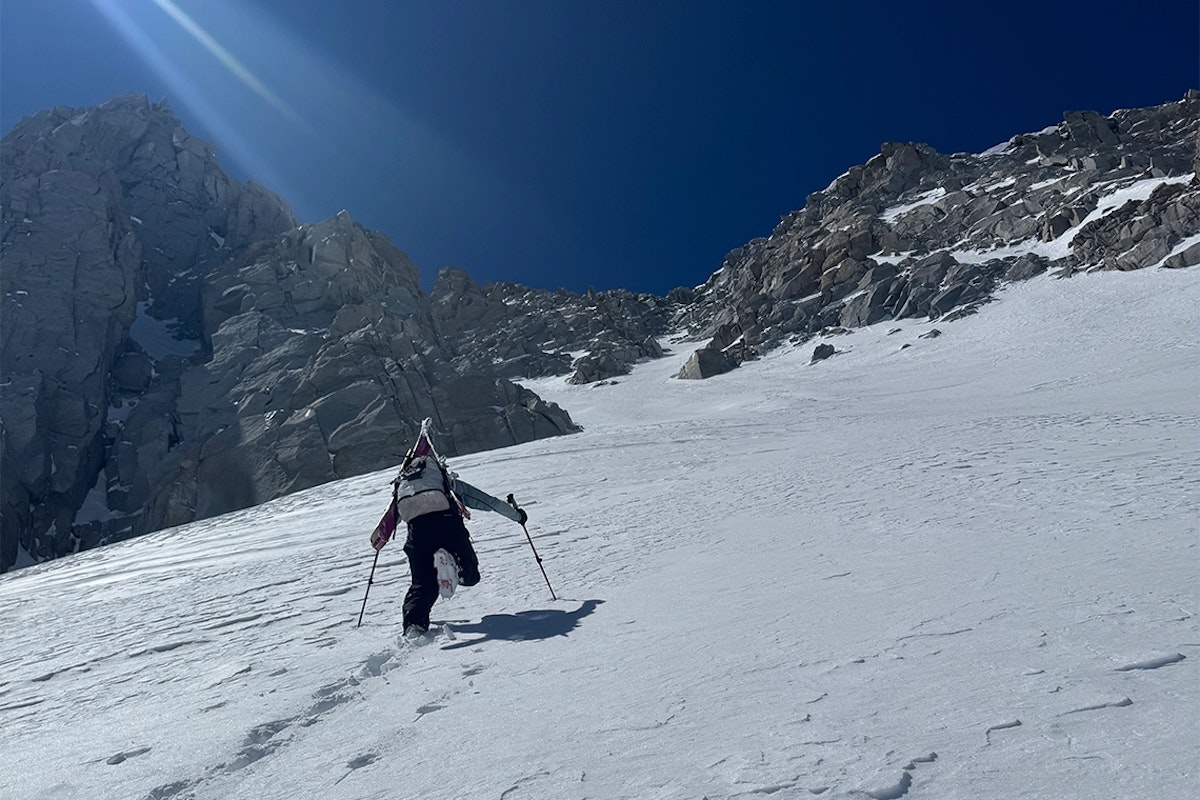
![[GIVEAWAY] Win a Legendary Ski Trip with Icelantic's Road to the Rocks](https://www.datocms-assets.com/163516/1765233064-r2r26_freeskier_leaderboard1.jpg?w=200&h=200&fit=crop)
![[GIVEAWAY] Win a Head-to-Toe Ski Setup from IFSA](https://www.datocms-assets.com/163516/1765920344-ifsa.jpg?w=200&h=200&fit=crop)
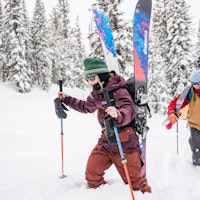
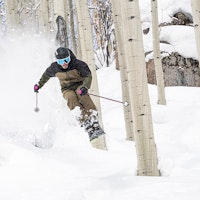
![[GIVEAWAY] Win a Legendary Ski Trip with Icelantic's Road to the Rocks](https://www.datocms-assets.com/163516/1765233064-r2r26_freeskier_leaderboard1.jpg?auto=format&w=400&h=300&fit=crop&crop=faces,entropy)
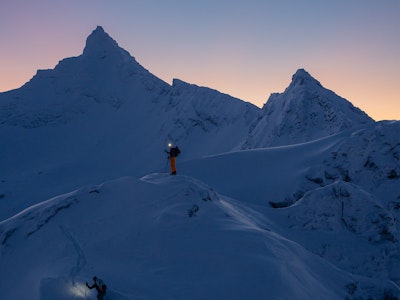
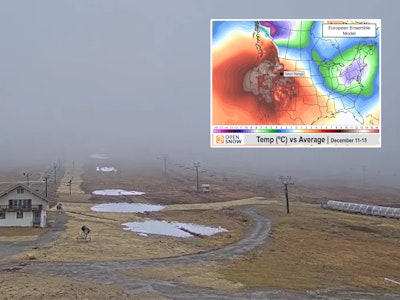
![[GIVEAWAY] Win a Head-to-Toe Ski Setup from IFSA](https://www.datocms-assets.com/163516/1765920344-ifsa.jpg?auto=format&w=400&h=300&fit=crop&crop=faces,entropy)
